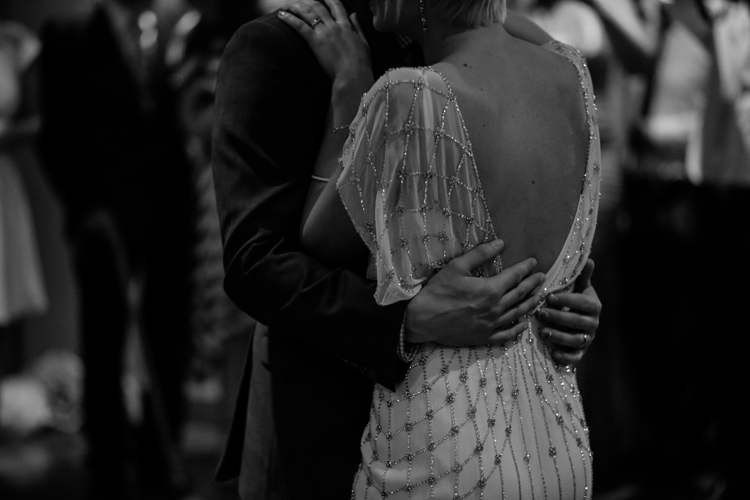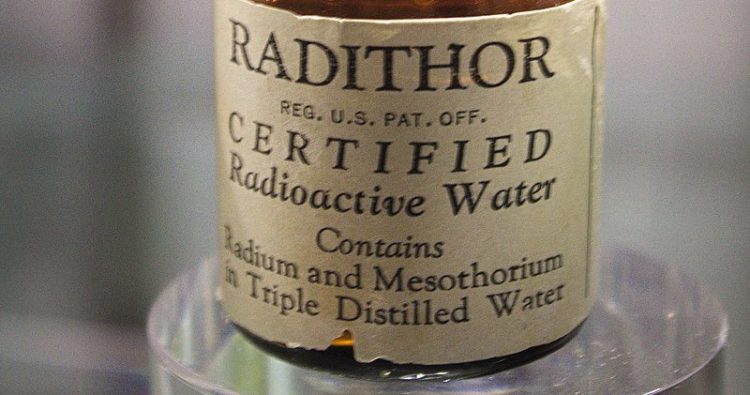One of the most controversial forms of entertainment in US history, dance marathons saw participants dancing continuously for days, weeks, and sometimes months for a chance to win food and money.
Too much of a good thing can be bad for you, and apparently, that also includes a seemingly benign activity like dancing. During the 1920s, the revival of the Olympic Games sparked a massive interest in impressive feats of strength and endurance, which led to the rise in popularity of dance contests that lasted for extended periods of time. In 1923 the dance marathon craze saw world records for dancing without stopping being broken virtually on a daily basis, but things really got out of hand when the prosperous 1920s faded into the Great Depression of the 1930s. The harmless dance contest transformed into twisted spectacles where people literally died of exhaustion on the dancefloor for the chance to win much-needed cash prizes.


























